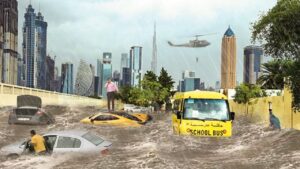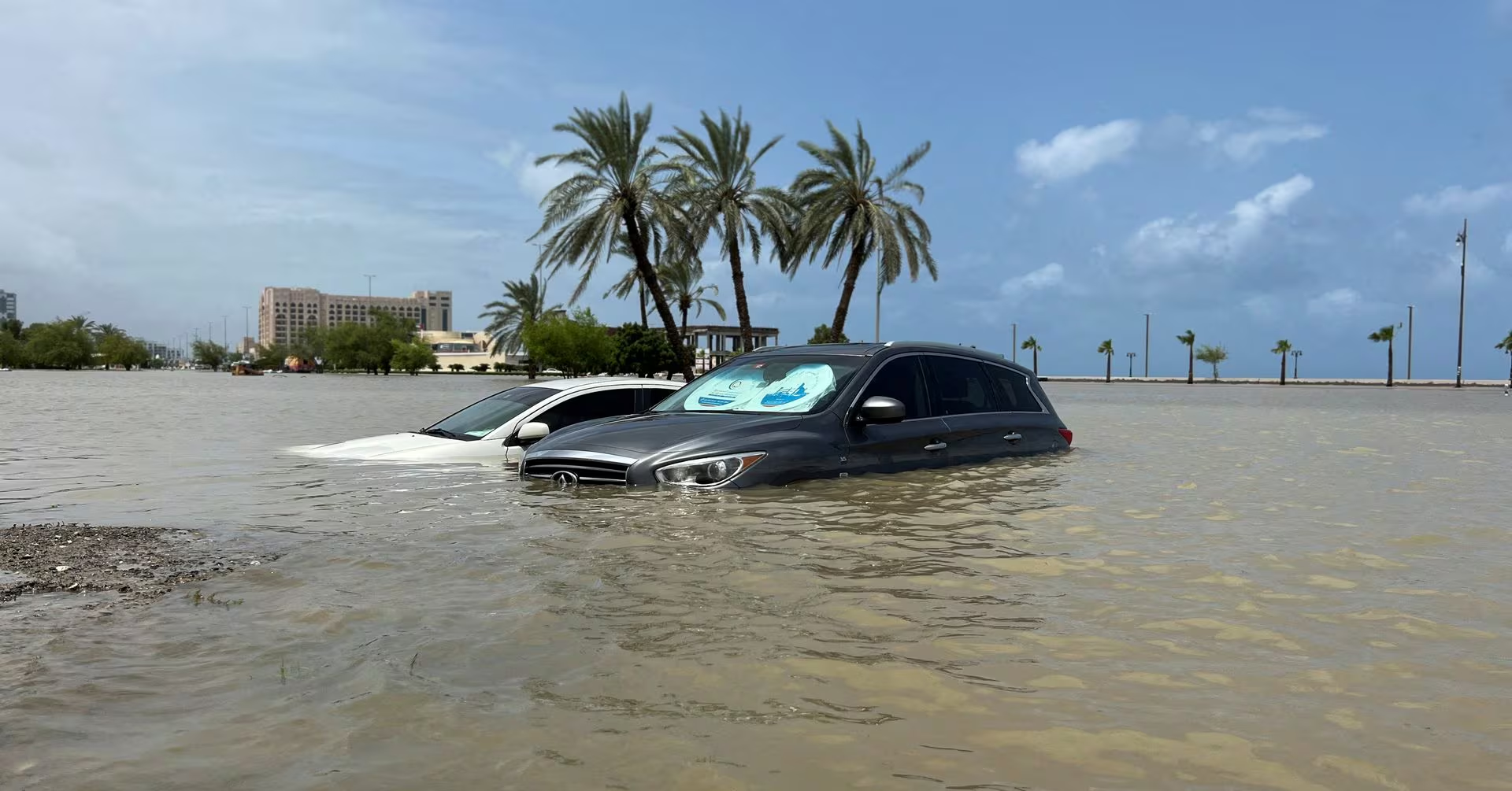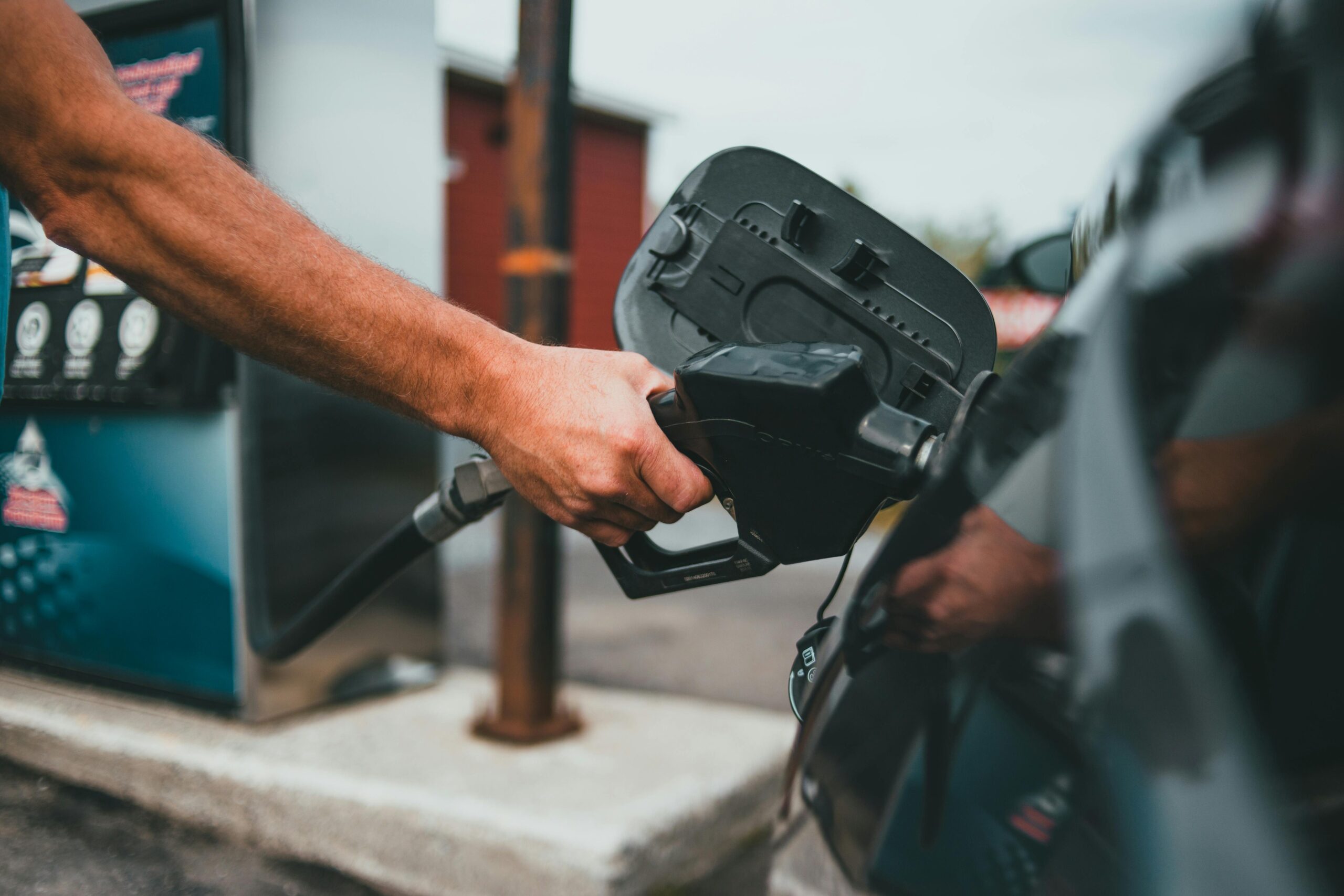The glittering skyscrapers and sprawling deserts of the United Arab Emirates (UAE) witnessed a dramatic and unexpected transformation on April 18th, 2024.
In a historic weather event dubbed the UAE Budai Flooding, torrential downpours lashed the nation, particularly Dubai, causing widespread flooding that crippled infrastructure and disrupted the lives of countless residents.
This article explores the unprecedented UAE Budai Flooding, delving into the causes, the extent of the damage, and the ongoing efforts towards recovery.
A Deluge of Unprecedented Proportions
The UAE’s National Center of Meteorology (NCM) reported a staggering amount of rain during the UAE Budai Flooding, exceeding a year and a half’s worth of precipitation in just a few short hours. Dubai, the country’s most populous city, became ground zero for the deluge, receiving over 142 millimeters (5.59 inches) of rain. This surpassed the city’s average annual rainfall by a staggering margin, transforming a typically arid landscape into a temporary water world.
News outlets dubbed the event a “once-in-a-lifetime” or “historic” weather phenomenon. The sheer volume of rain overwhelmed drainage systems, turning bustling streets into raging rivers and low-lying areas into temporary lakes. The cause of this extreme event remains a subject of debate.
Some speculate that cloud seeding efforts, a practice where airplanes disperse chemicals to stimulate rainfall, might have contributed to the intensity. However, meteorologists maintain that the storm systems producing the rain were well-forecasted, and cloud seeding alone wouldn’t have triggered such widespread flooding.
A City Submerged
The consequences of the UAE Budai Flooding were immediate and devastating. Major transportation arteries like Sheikh Zayed Road, the lifeblood of Dubai’s transportation network, were submerged, paralyzing traffic flow and bringing the city to a standstill.
Images and videos flooded social media, showcasing a city in chaos: cars stranded in muddy water, overflowing wadis (dry riverbeds) transformed into raging torrents, and water cascading down the sides of skyscrapers.

Dubai International Airport, a vital hub for international travel, wasn’t spared either. Floodwaters breached terminals, disrupting operations and causing flight cancellations. Passengers were left stranded and frustrated, highlighting the city’s vulnerability to extreme weather events.
The impact went far beyond transportation disruptions. Homes and businesses were inundated, with residents forced to seek refuge on rooftops or higher floors. Power outages plunged entire districts into darkness, further amplifying the chaos. The city’s sophisticated metro system also came to a standstill as rainwater seeped into stations and tracks.
A Swift Response and Community Spirit
The UAE authorities responded swiftly to the crisis in the aftermath of the UAE Budai Flooding. Emergency services were deployed to rescue residents trapped in flooded areas. Images captured the dedication of rescue workers wading through chest-deep water, carrying people to safety in inflatable boats.
The focus then shifted to damage assessment and recovery. Teams were mobilized to clear debris, restore power, and pump out floodwaters. The Dubai Municipality played a crucial role in cleaning and sanitation efforts, ensuring public health amidst the disruption.
Social media platforms became a beacon of solidarity during this challenging time. Residents used them to share real-time updates, warn others about flooded areas, and offer assistance to those in need. This online collaboration helped coordinate rescue efforts and fostered a sense of community during a crisis.
Learning from the Deluge: Building Resilience for the Future
The UAE is no stranger to dust storms and occasional rain showers. However, the UAE Budai Flooding serves as a stark reminder of the country’s vulnerability to extreme weather events. As climate change continues to alter weather patterns, the frequency and intensity of such events are predicted to increase.
In the wake of this disaster, the UAE government is likely to re-evaluate its infrastructure resilience. Investing in better drainage systems, flood defenses, and early warning systems is crucial to mitigate the impact of future heavy rainfall events.
The focus should also shift towards building public awareness about flood preparedness. Educating residents about evacuation plans, emergency stockpiling, and safety measures can significantly reduce the risk and impact of future flooding.

The UAE’s rapid development and technological advancements have transformed the nation into a futuristic metropolis. However, the recent flooding underscores the need for a balanced approach to infrastructure development.
Technological prowess must be coupled with climate-resilient planning to ensure the city’s continued growth and prosperity in the face of an evolving environment.
The UAE’s response to the historic UAE Budai Flooding will be closely watched by other nations in arid regions. It presents an opportunity to develop and share best practices for managing extreme weather events, fostering a collaborative effort towards a more resilient future.



